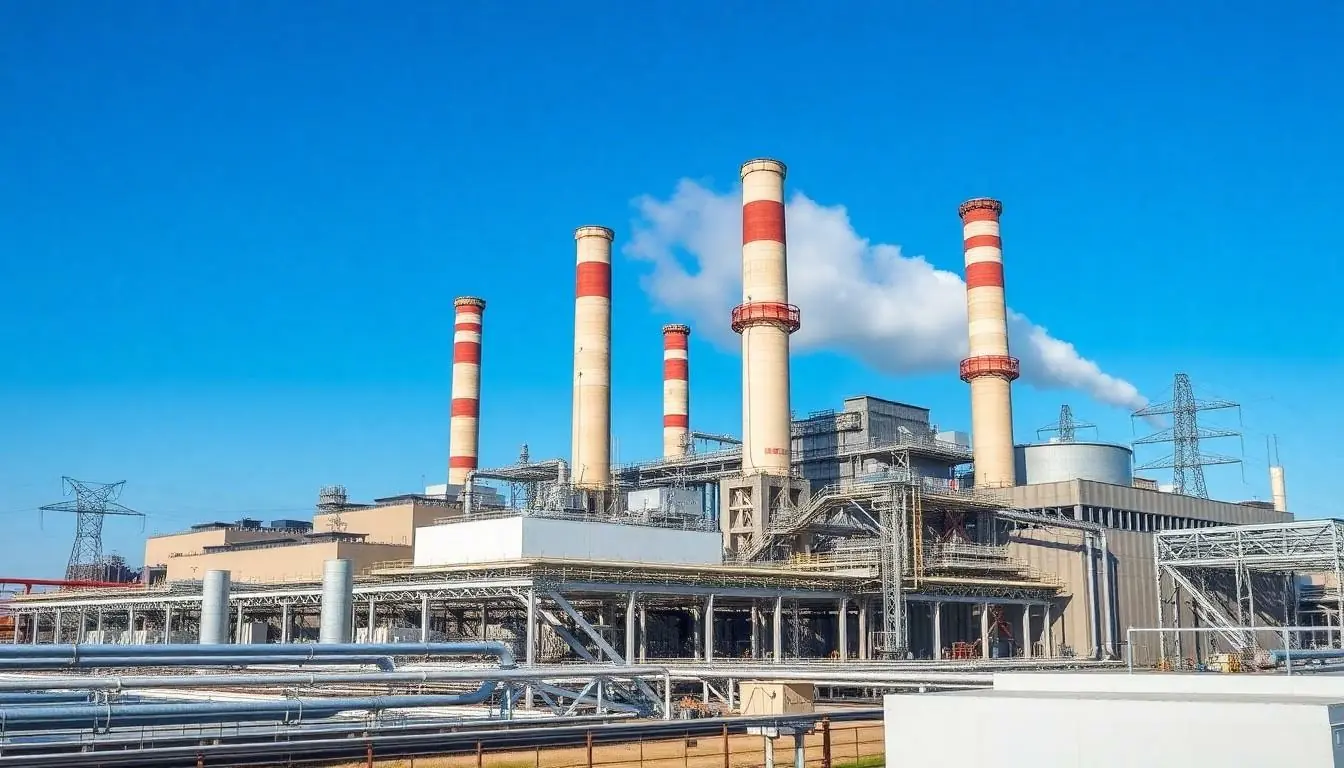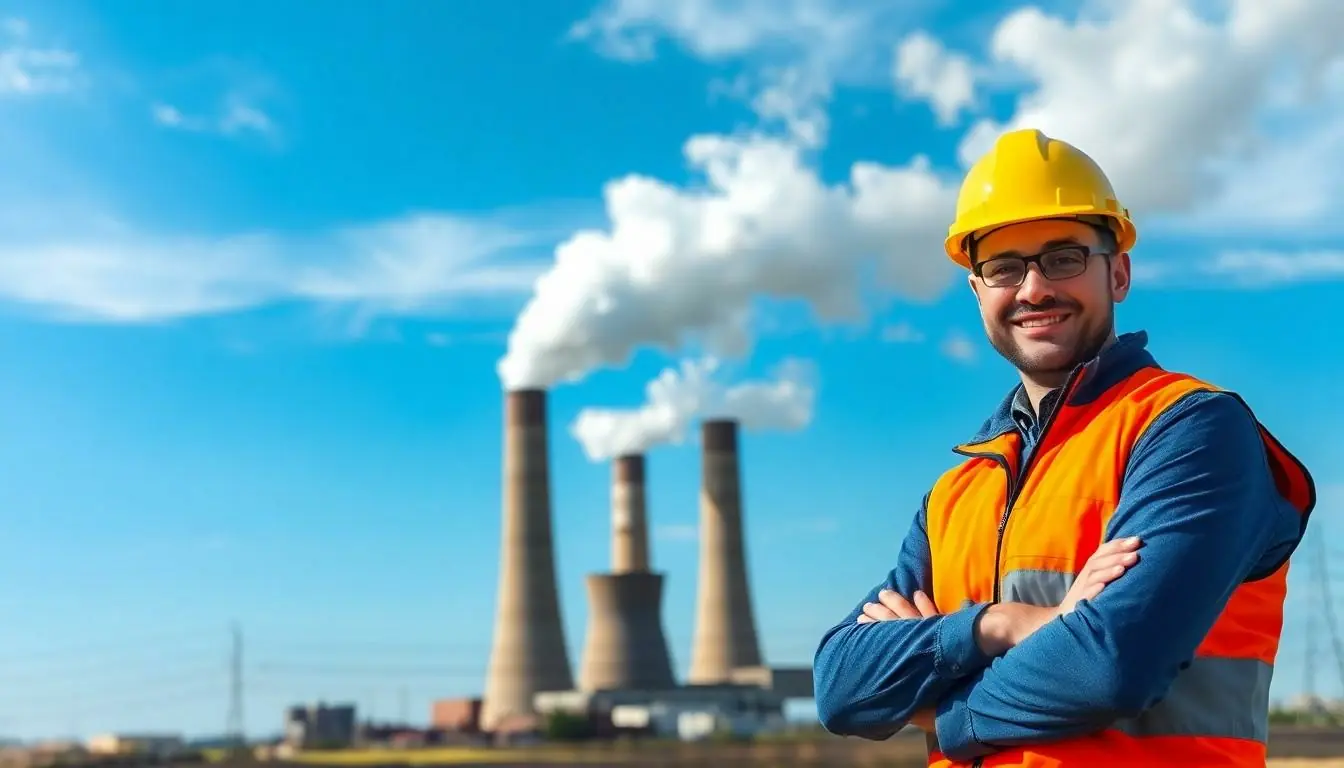Non-renewable energy often gets a bad rap, but let’s face it—it’s the rock star of the energy world. Fossil fuels like coal, oil, and natural gas are the life of the party, powering everything from our morning coffee to that late-night Netflix binge. While the planet might be giving us the side-eye, these energy sources pack a punch in reliability and efficiency that renewables can only dream of.
Imagine flipping a switch and knowing the lights will come on without a hitch. Non-renewable energy provides that level of certainty. With established infrastructure and technology, it fuels industries, drives economies, and keeps our modern lives humming along. So before writing off non-renewable energy completely, let’s explore the advantages that make it a necessary player in our energy landscape.
Table of Contents
ToggleAdvantages of Non Renewable Energy
Non-renewable energy sources play a significant role in powering modern society. They offer multiple advantages that contribute to everyday life and economic stability.
Cost-Effectiveness
Cost-effectiveness stands out as a major benefit of non-renewable energy. These energy sources often provide lower initial costs compared to renewable alternatives. Fossil fuels, like coal and natural gas, typically require less investment in infrastructure. Numerous studies indicate that non-renewable energy maintains lower overall energy prices. Established supply chains and extraction processes ensure affordability. Economic factors drive businesses and consumers toward these sources, maximizing energy output at a competitive cost.
High Energy Density
High energy density characterizes non-renewable resources effectively. Non-renewable energy sources generate more energy per unit, making them efficient for large-scale power generation. A gallon of gasoline, for example, contains approximately 33.6 kilowatt-hours of energy. In contrast, solar panels require extensive land to produce equivalent energy levels. This compact energy generation suits high-demand scenarios like industrial production and transportation. As a result, non-renewable energy sources remain crucial for meeting energy demands efficiently.
Reliability and Consistency

Non-renewable energy sources like coal, oil, and natural gas offer notable reliability and consistency. These energy forms provide a stable output, powering homes, industries, and transportation systems effectively.
Base Load Energy Supply
Non-renewable energy reliably delivers base load supply, ensuring continuous power availability. It maintains a steady flow of electricity 24/7, essential for meeting everyday energy demands. Power plants fueled by fossil fuels generate substantial amounts of energy, accommodating the constant consumption patterns of modern life. This dependable energy source guarantees that essential services remain operational, particularly during peak usage times.
Established Infrastructure
Established infrastructure enhances the reliability of non-renewable energy sources. The existing network of power plants, refineries, and distribution systems supports effective energy delivery across vast regions. Investment in these facilities has occurred over decades, leading to refined processes that maximize efficiency. Maintenance and upgrades to infrastructure ensure consistency in energy supply and facilitate quicker responses to demand fluctuations. Overall, the established systems allow for immediate access to energy, strengthening the grid and reducing vulnerability to outages.
Economic Growth and Job Creation
Non-renewable energy sources contribute significantly to economic growth and job creation. Industries depend on coal, oil, and natural gas for energy, which directly influences employment rates and economic stability.
Energy Sector Employment
Energy sector employment numbers reflect the importance of non-renewable sources. In 2021, around 7.2 million jobs in the U.S. relied on fossil fuel industries, according to the U.S. Energy Information Administration. Workers in extraction, refining, and support services fulfill various critical roles. These jobs often come with competitive wages and benefits, enhancing local economies. Job training programs further support workforce development, ensuring individuals acquire necessary skills. This sector offers opportunities for both skilled labor and entry-level positions.
Industrial Development
Industrial development hinges on reliable energy supplies. Non-renewable energy sources facilitate large-scale manufacturing and production processes. For instance, chemical manufacturing, metal processing, and heavy machinery require consistent energy inputs. Their efficiency and cost-effectiveness stimulate growth in these sectors. As industries ramp up production, they often expand their workforce, contributing to economic vitality. Moreover, established infrastructures, like pipelines and power plants, attract investments, promoting regional economic development. Developing industries rely on the stability that these energy sources provide.
Technological Advancements
Technological advancements play a crucial role in enhancing the benefits of non-renewable energy sources. Developments in various fields improve extraction and processing, making energy production more efficient and environmentally conscious.
Innovations in Extraction and Processing
New technologies in extraction have significantly increased the efficiency and safety of fossil fuel operations. For instance, enhanced drilling techniques like hydraulic fracturing and horizontal drilling allow for accessing previously unreachable oil and natural gas reserves. These methods minimize resource wastage and lower environmental impact. Furthermore, advancements in carbon capture and storage technologies reduce emissions associated with combustion processes. Process automation also improves operational safety and ensures timely maintenance, contributing to a more reliable energy supply.
Improved Efficiency
Efficiency improvements in non-renewable energy generation have transformed energy production. Power plants now utilize advanced turbine designs and heat recovery systems that convert fuels into electricity with minimal losses. As a result, energy output per unit of fuel has increased, reducing the overall cost of energy production. Non-renewable technologies continue to evolve, integrating smart grid systems that optimize distribution and balance supply with demand. Such advancements lead to a more stable energy infrastructure, ensuring consistent power delivery while addressing the challenges of modern consumption patterns.
Non-renewable energy sources play an indispensable role in today’s energy landscape. Their ability to provide reliable and efficient power supports the demands of modern life while fostering economic growth. With established infrastructure and lower initial costs, non-renewable energy remains a practical choice for many industries.
Technological advancements continue to enhance the efficiency and safety of these energy sources, minimizing environmental impacts while maximizing output. As society navigates the complexities of energy needs, recognizing the advantages of non-renewable energy is essential for informed decision-making. Balancing these benefits with environmental considerations will shape the future of energy consumption.




